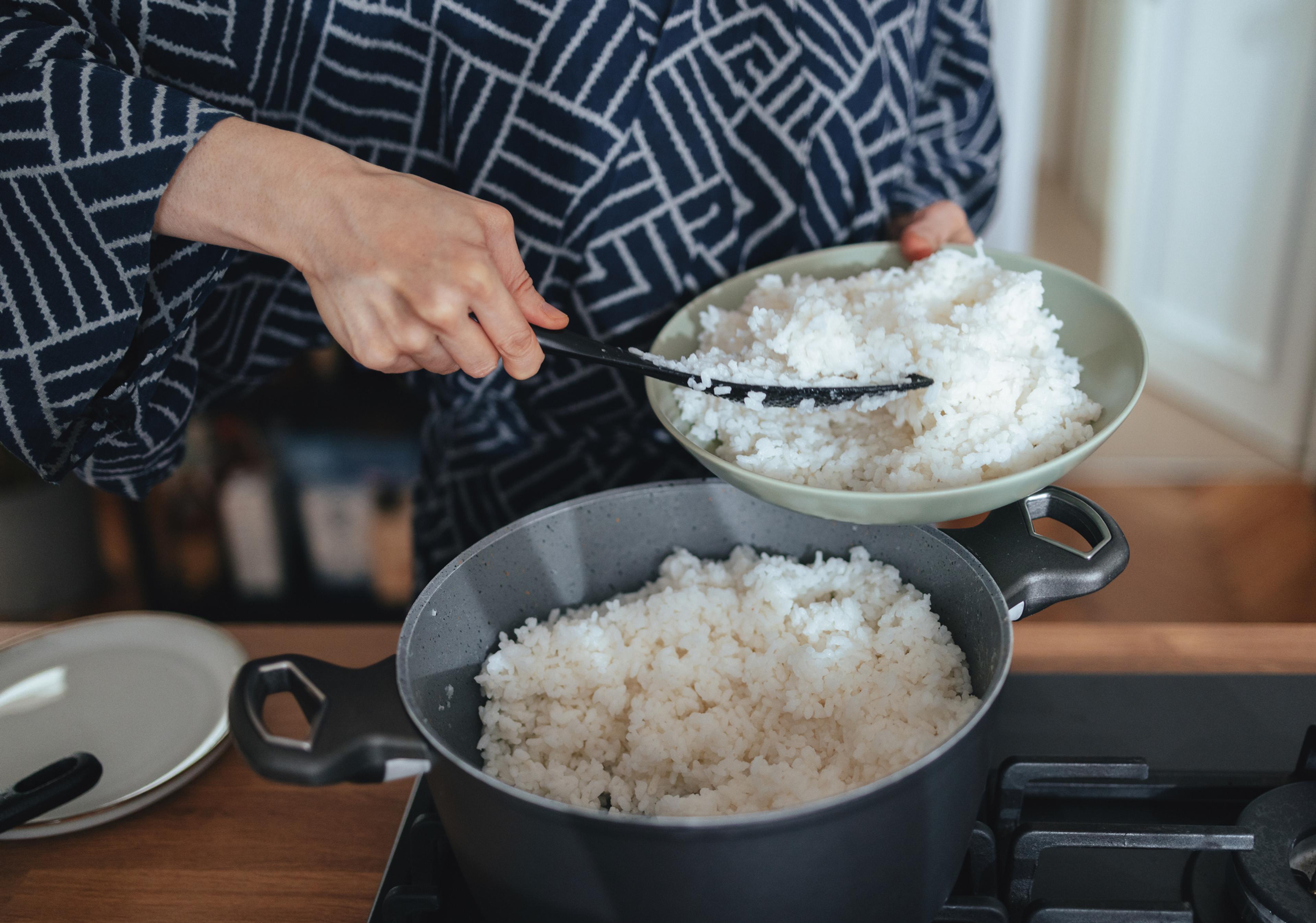Customize Nutritional Needs with Creative Cultural Cuisine

Shanthi Appelo, MS, RD
| 3 min read

America is a mosaic of cultures and people that create a beautiful design — individually and collectively. This is also true for food. In many cultures, food is a way to celebrate and show love; to mark traditions or milestones. Often, sharing cultural cuisine symbolizes social intimacy.
The best diets include diverse foods and nutrients. Eating patterns are not one-size-fits-all because people have a variety of personal food and exercise preferences, schedules and cultures. Trying food from other cultures can open doors to nutrition and awareness.
Cultural nutrition pitfalls
Foods considered “good” or “bad” often vary among cultures. Food choices may be influenced by availability, what’s appreciated or avoided. The idea of what people view as “healthy” is also different among cultures. These familial habits can be formed by:
- A family tradition of watching TV while eating dinner can lead to distracted eating as an adult — which can take away from mindful eating.
- Growing up in a household with many children where one had to eat quickly to get enough. As a result, this may make someone more prone to overeating as an adult.
- Making processed snack foods such as potato chips a staple of a school lunch bag, which can continue into adulthood.
Though many family traditions are special, it can be helpful to revisit the origins of food habits to make sure they promote healthy lifestyle choices.
Many cultural foods can be healthy, even if they don’t look like the ones on the U.S. Department of Agriculture’s MyPlate recommendations. Fortunately, there are ways to customize a diet based on one’s culture:
- Examine whether some frequently consumed cultural foods are unhealthy and limit indulgences.
- Explore whether cultural diets have curbed consumption of certain foods, then try them.
- Identify where unhealthy components of cultural food may exist, such as excess sugar, saturated fat and sodium.
Here are some examples of healthy cultural foods:
- Mexican cuisine is rich in fiber-rich, heart healthy beans paired with a variety of colorful vegetables in many dishes.
- Indian food often relies on plant-based protein in flavorful curries.
- Greek cuisine offers many healthy ingredients such as olive oil, fish and whole grains that have made the Mediterranean diet popular among health experts.
Understanding nutrients’ impact
The body’s ability to absorb nutrients can be affected by health conditions and allergies – and requires individuals to customize their diet accordingly. Here are some examples:
- Crohn’s disease: Certain foods may trigger flare-ups, which is why it’s important to learn what aggravates symptoms and find new ways to prepare them or replace the missing nutrients with an agreeable alternative. If red meat causes gastrointestinal issues, try switching to a different source of protein like fish or skinless poultry.
- Food allergy: For those who are allergic to dairy products, finding alternative sources of calcium is critical. Leafy greens, legumes, seafoods and calcium-fortified foods can help meet daily calcium needs without turning to dairy.
- Iron deficiency: Individuals with an iron deficiency should consider cooking with a cast-iron skillet and preparing something rich in vitamin C at the same time. Vitamin C helps the body absorb iron: pair an iron-rich meal with citrus fruits, strawberries or Brussels sprouts.
Understanding the challenges when adjusting a diet to a health condition or allergy is important to ensure the body’s daily nutritional needs are met. It’s important to balance the body’s needs against one’s cultural eating habits to customize a plate that is both satisfying and healthy.
Shanthi Appelö is a registered dietitian and health and wellness spokesperson for Blue Cross Blue Shield of Michigan. For more tips on lowering the risks of diabetes, visit AHealthierMichigan.org.





